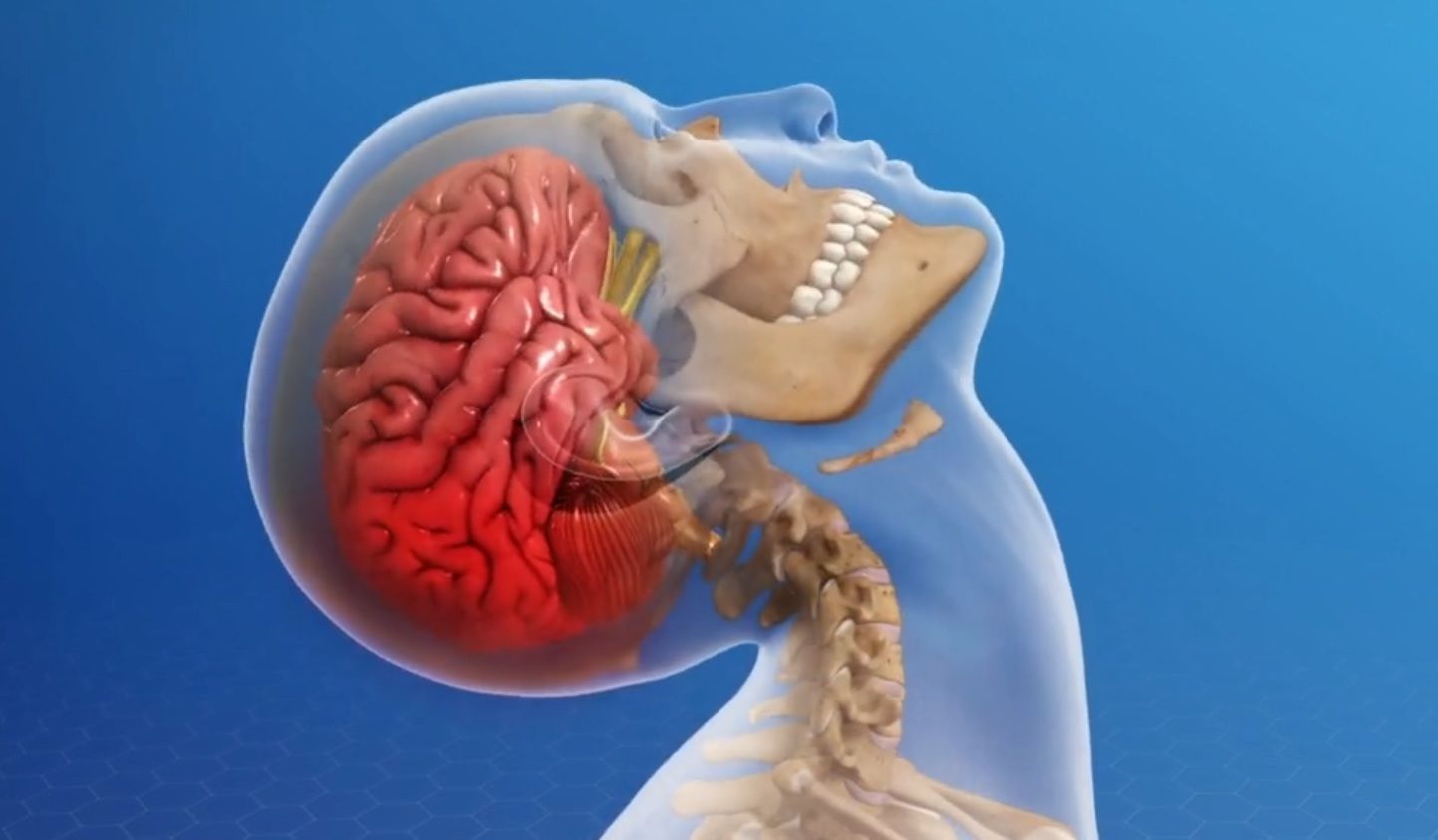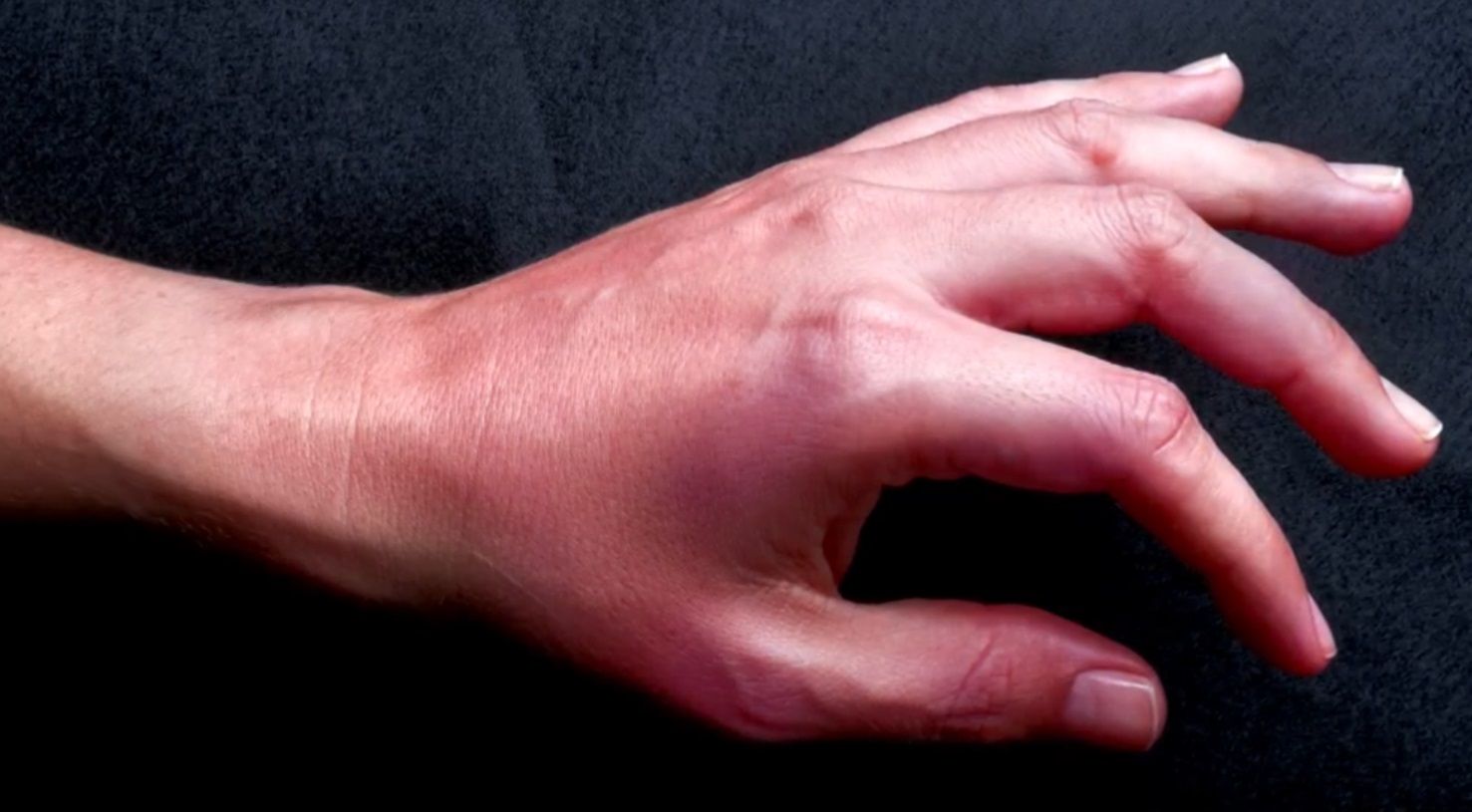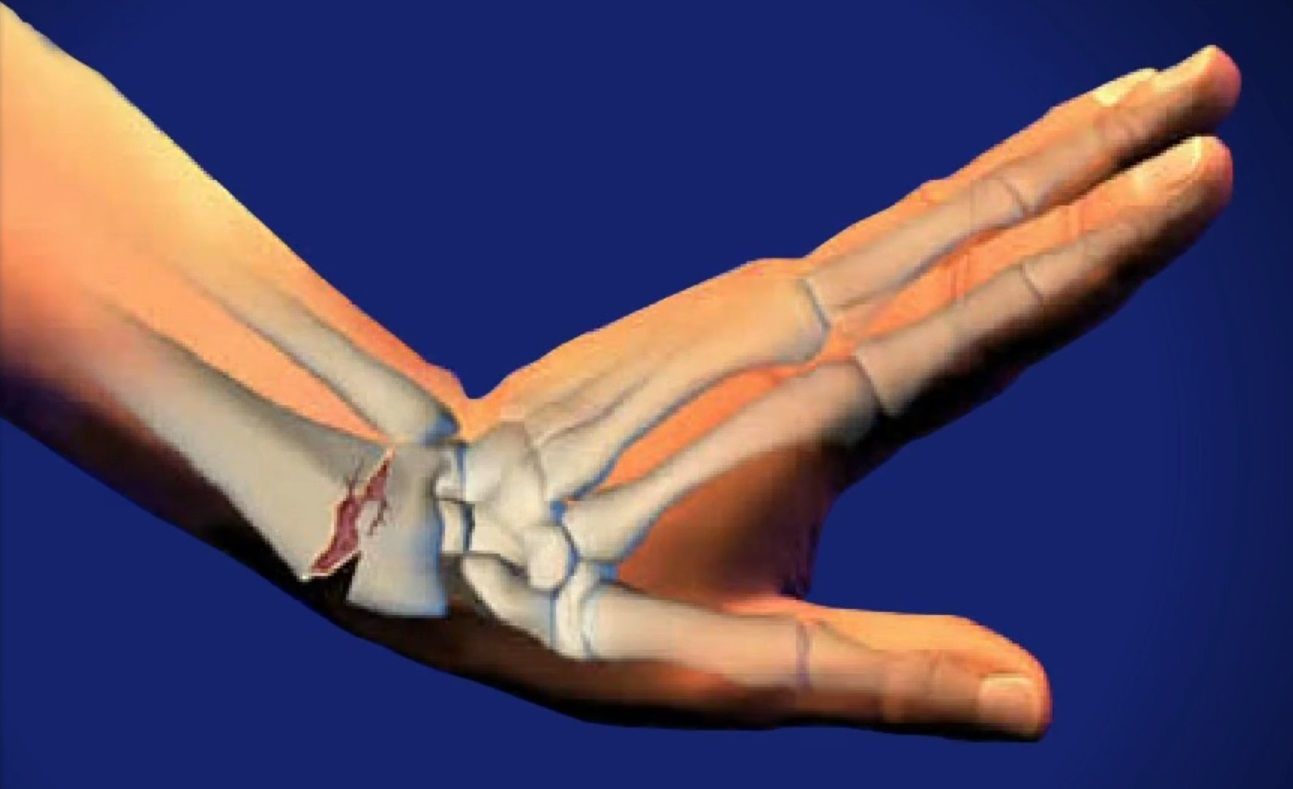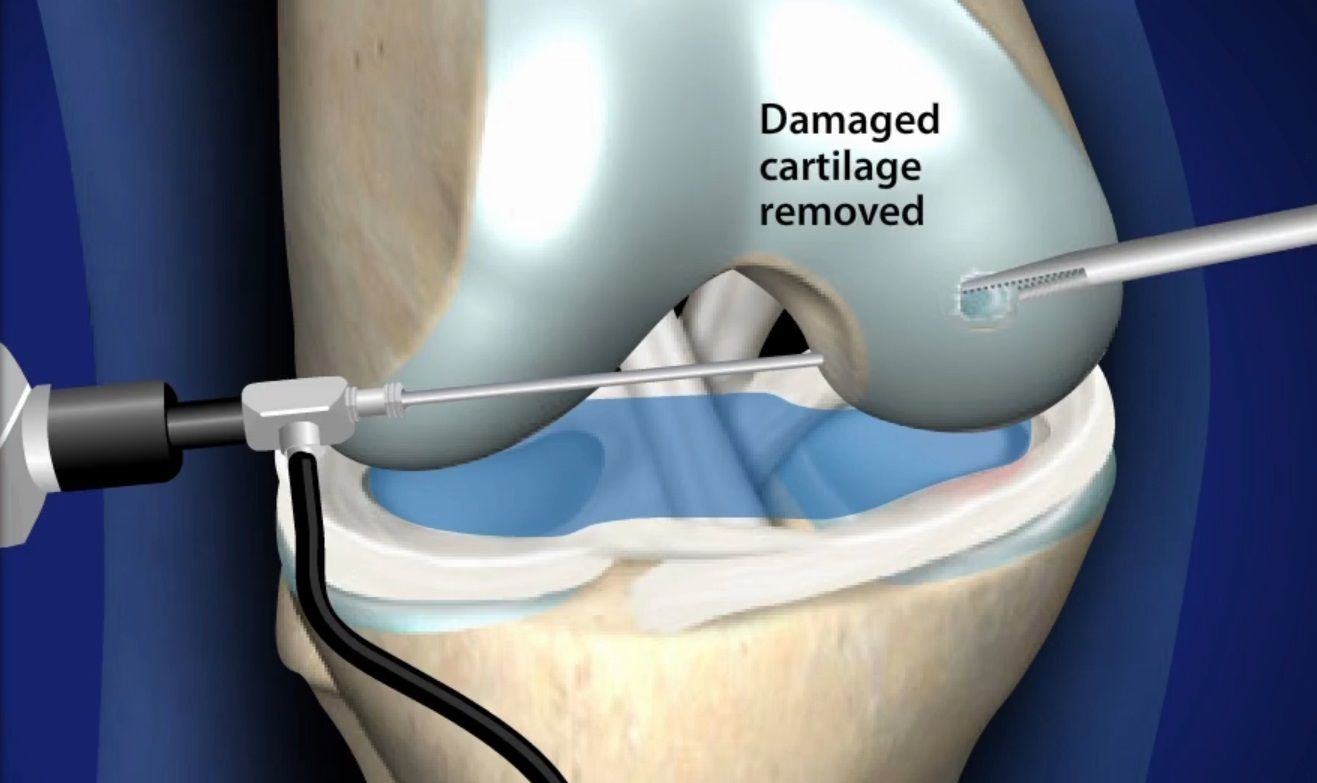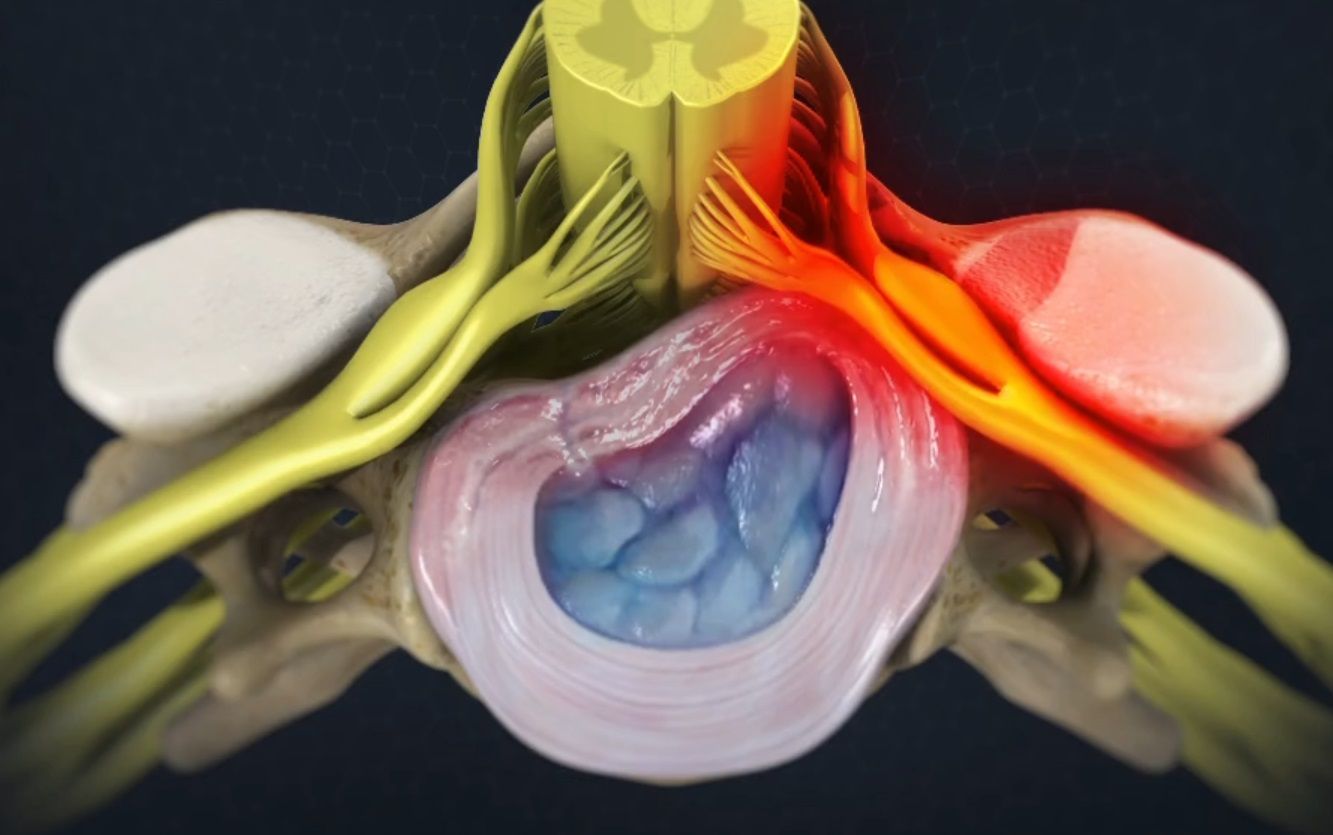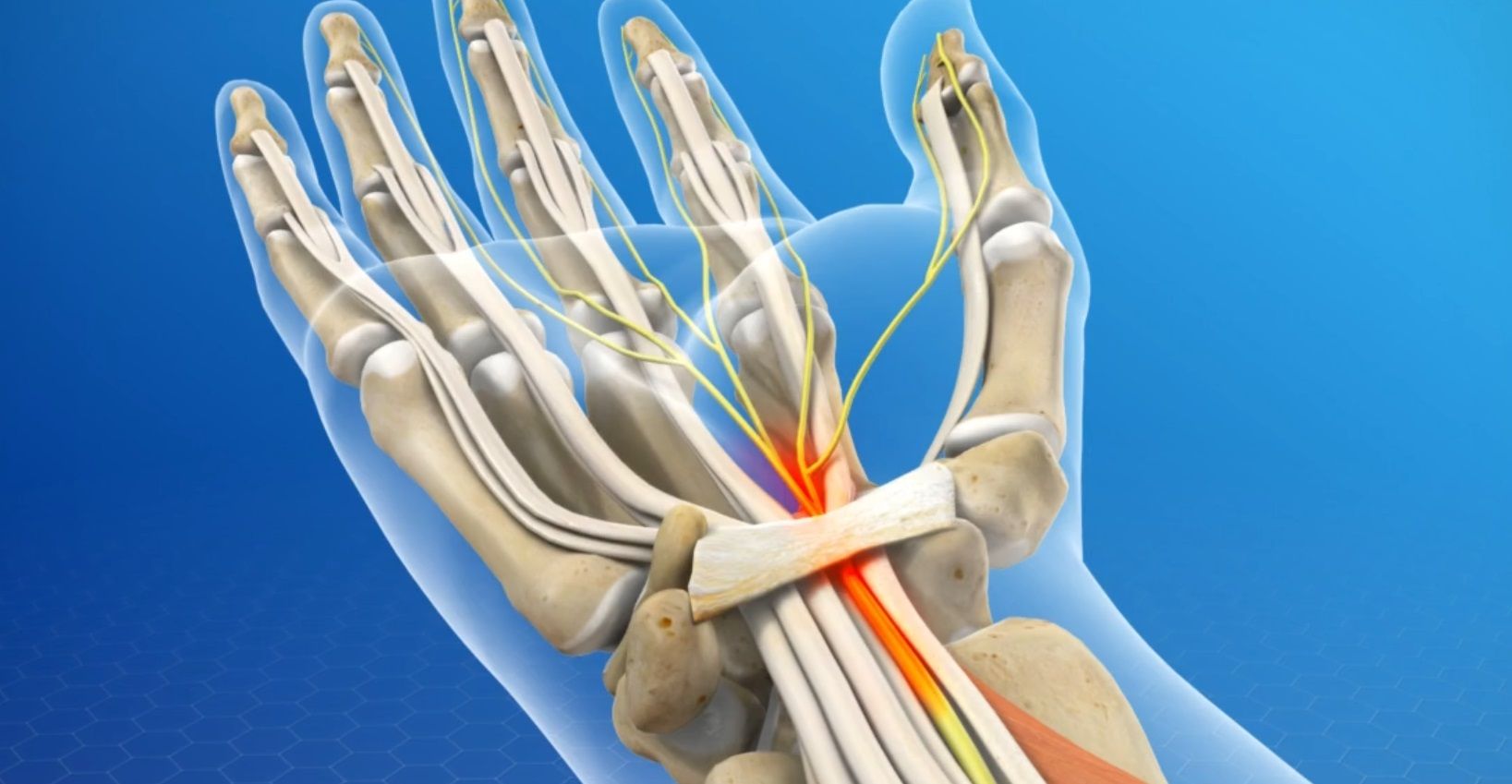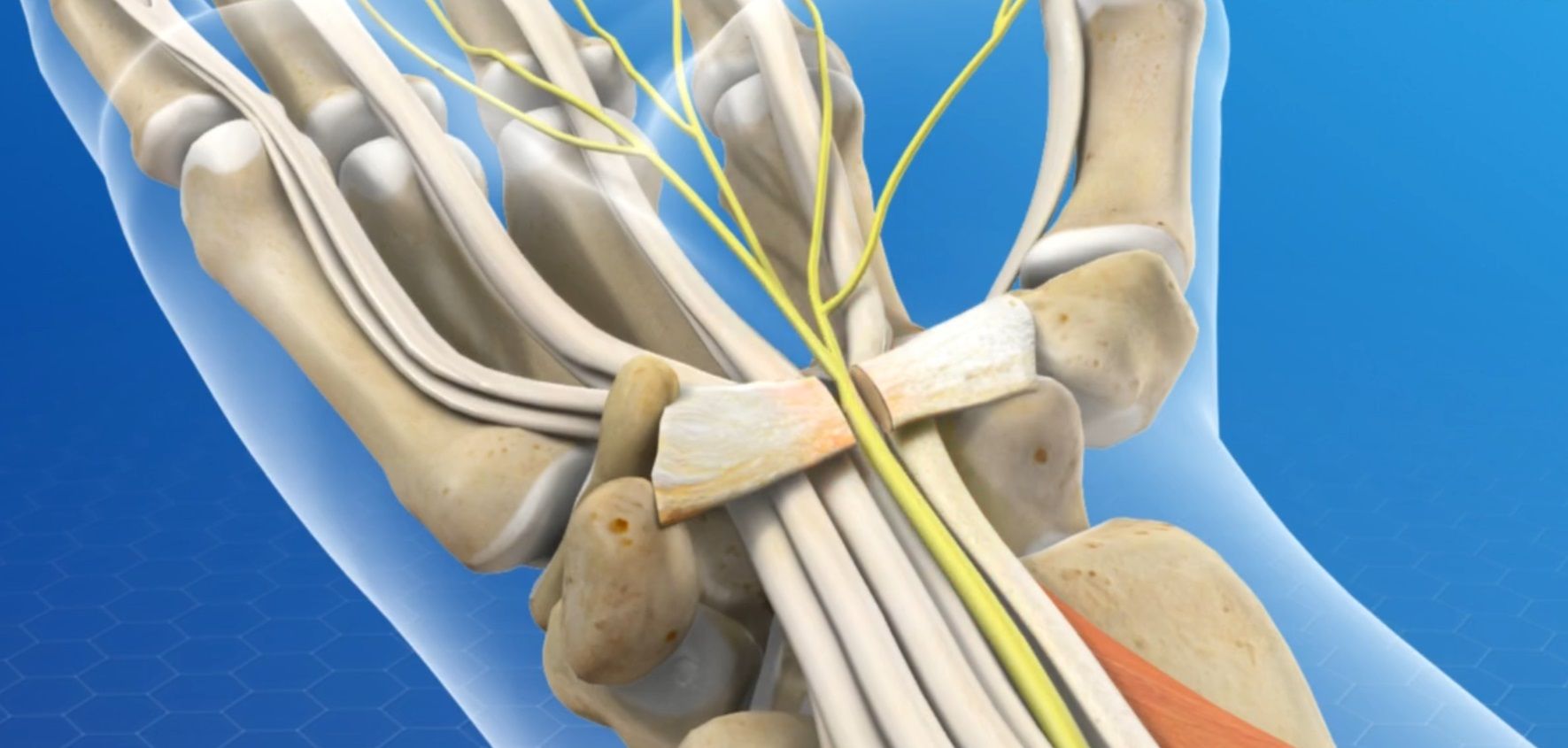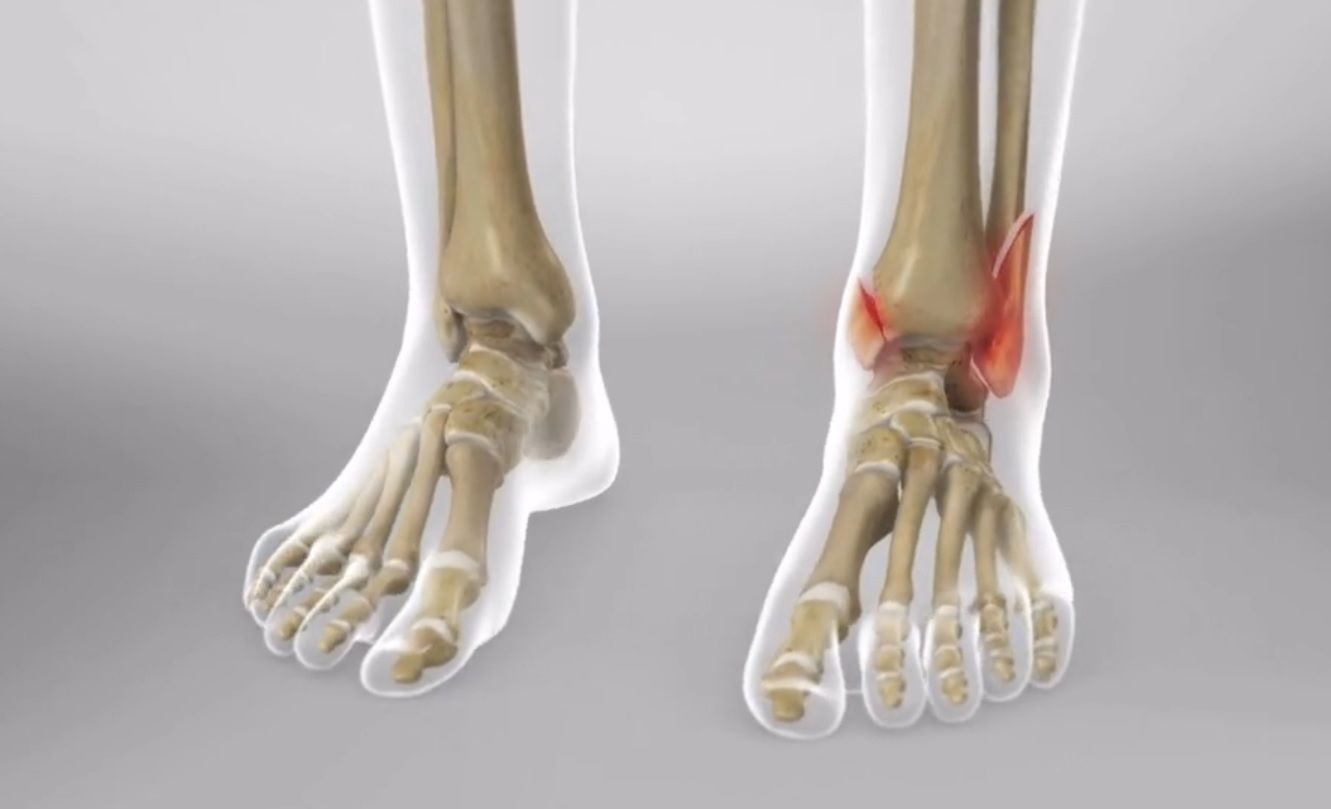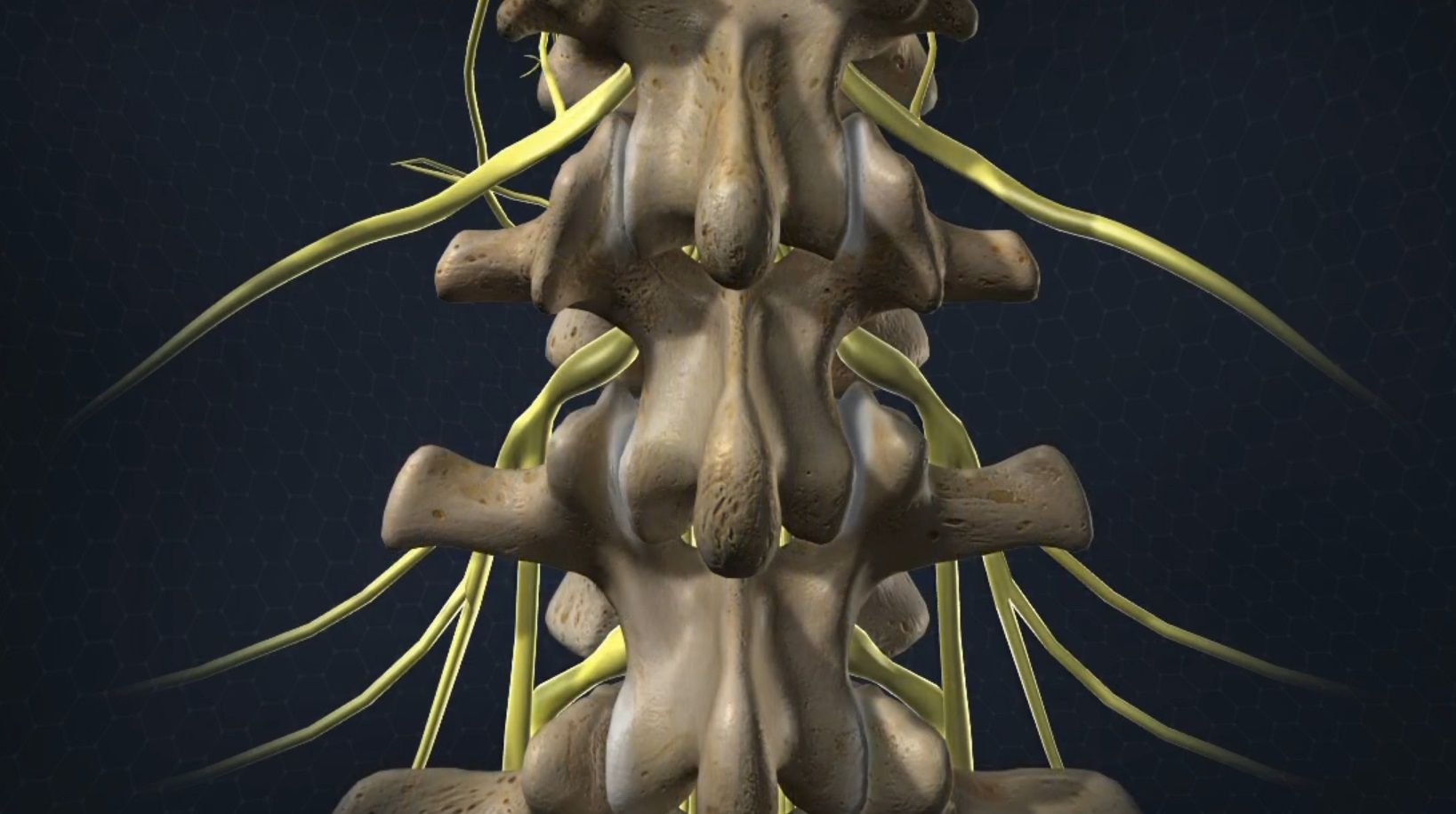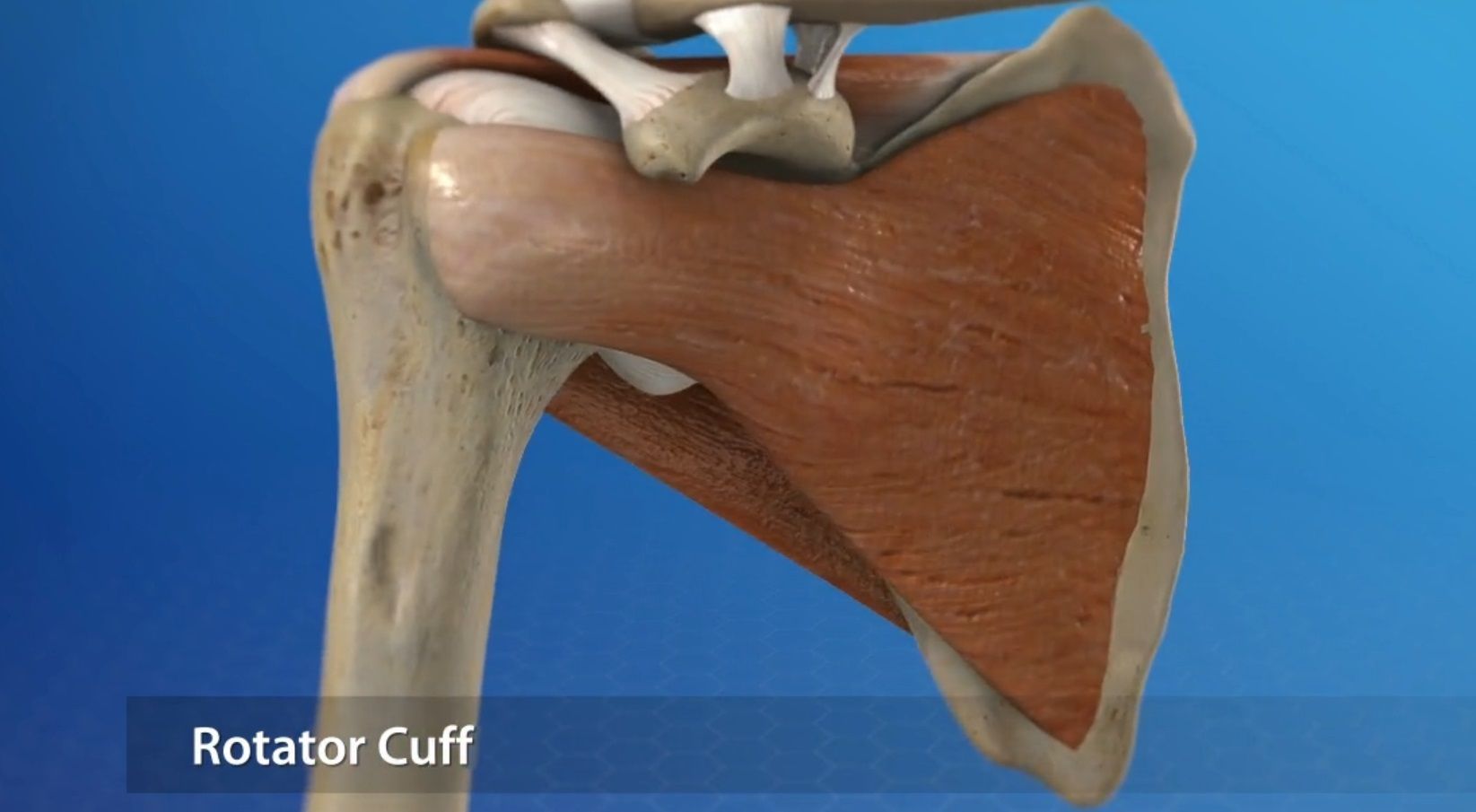Archives: Injury Resources
These are the medical resources that help clients learn more about the various injuries that could be sustained in an accident.
Overview
A concussion is a traumatic brain injury that happens when your brain violently strikes the inside of your skull. A concussion can affect your brain function and can cause permanent problems.
Causes
Your brain is surrounded by thick cerebrospinal fluid that protects your brain from harmful contact. Significant head movements can force your brain through the thick fluid and into the structures inside your skull. Blows to the head, violent shakes, falls, tackles, and the back and forth...
Complex Regional Pain Syndrome (CRPS)
Overview
Complex Regional Pain Syndrome (CRPS) can be a debilitating condition due to the long-lasting severe pain it causes. Formerly known as Reflex Sympathetic Dystrophy (RSD), this syndrome often develops from trauma, frequently of a body part that had suffered a previous injury. It usually develops in the arms, hands, legs, or feet and sometimes spreads to other areas due to the involvement of the central nervous system.
Causes
Medical science struggles to understand why CRPS suffers do...
Colles Fractures
Overview
A Colles fracture occurs when one or both of the forearm bones (the radius and ulna) breaks just above the wrist. This fracture most often happens when one tries to break a forward fall..
Breaking a Fall
A person who falls forward usually tries to break the fall by extending the hands and arms to lessen the impact of hitting the ground.
The Fracture
The force caused by combining the pressure of hitting the ground and supporting body weight can cause the forearm bones to break just above...
Chondroplasty – Arthroscopic Surgery
Overview
This outpatient surgery repairs a small area of damaged cartilage (chondyle) in the knee by removing the damaged tissue so healthy cartilage can grow in its place. This surgery uses small incisions at the knee as access points for the surgical tools and a small video camera (arthroscope) for the surgeon to see inside the patient’s body.
Preparation
The patient is positioned so the surgeon can clearly see and access injured knee, which is then cleaned and sterilized.
Accessing the Joint
The...
Cervical Radiculopathy
Overview
Nerve roots in the cervical spine (neck) travel to the shoulders, arm, hands, and fingers. A neck injury can compress or irritate a cervical nerve root, creating symptoms in the areas where that nerve travels.
Causes
There are three primary causes of cervical radiculopathy. A herniated disc can press against a nerve when the disc’s outer wall (fibrosis) ruptures and some of its contents extend beyond the disc’s natural border. A degenerated disc loses its fluid content and height,...
Carpal Tunnel Syndrome
Overview
Pain, numbness and tingling in your hand may be caused by carpal tunnel syndrome. This condition arises when the space in the carpal tunnel of your wrist decreases or otherwise irritates the median nerve that runs through it.
Causes and Risk Factors
Any crowding of the median nerve can cause this problem. Traumatic wrist injuries, diabetes, and rheumatoid arthritis can all crowd or irritate the median nerve. Conditions that cause your body to retain fluid may also cause it, as can having...
Carpal Tunnel Release – Open Surgery
Overview
This surgery treats the pain of carpal tunnel syndrome by relieving pressure on the median nerve that travels through your wrist.
Preparation
In preparation for the procedure, your wrist and hand are anesthetized. The surgeon cuts a small incision in your skin at the base of your palm to expose a band of tissue called the transverse carpal ligament. This ligament stretches across the carpal bones of the hand and forms the space called the carpal tunnel.
Relieving the Pressure
The surgeon...
Ankle Fracture Surgery
Overview
The ankle “breaks” when there is a fracture in the small bone of your lower leg (the fibula), a fracture in the larger bone (the tibia), or both. Surgery may be required, so that your ankle bones can be stabilized to heal.
Preparation
Most ankle fracture surgeries require general anesthesia, where the patient is put to sleep. The surgeon will open up your ankle by making incisions in your skin a various locations. The surgeon will carefully inspect your ankle and remove any loose pieces...
Anatomy of the Spine
Overview
The the body’s main support structure – the spinal column – is comprised of thirty-three bones (vertebrae) divided into five regions: cervical, thoracic, lumbar, sacral and coccygeal.
Cervical Region (Neck and Upper Back)
The cervical region consists of seven vertebrae labeled C1 to C7. The first two cervical vertebrae are called the atlas and the axis. Their union forms the joint that connects the spine to the skull and allows the head to swivel and nod.
Thoracic Region...
Anatomy of the Shoulder
Overview
The shoulder is comprised of three separate joints that work together for extensive range of motion. Here is a closer look at the main parts of the shoulder’s anatomy.
Bones
The shoulder involves three bones; the humerus (upper arm bone), the scapula (“shoulder blade”), and the clavicle (“collarbone”). These three bones are connected by the following joints.
Glenohumeral Joint
The humerus and scapula meet at the glenohumeral joint. The head of the humerus serves as...

